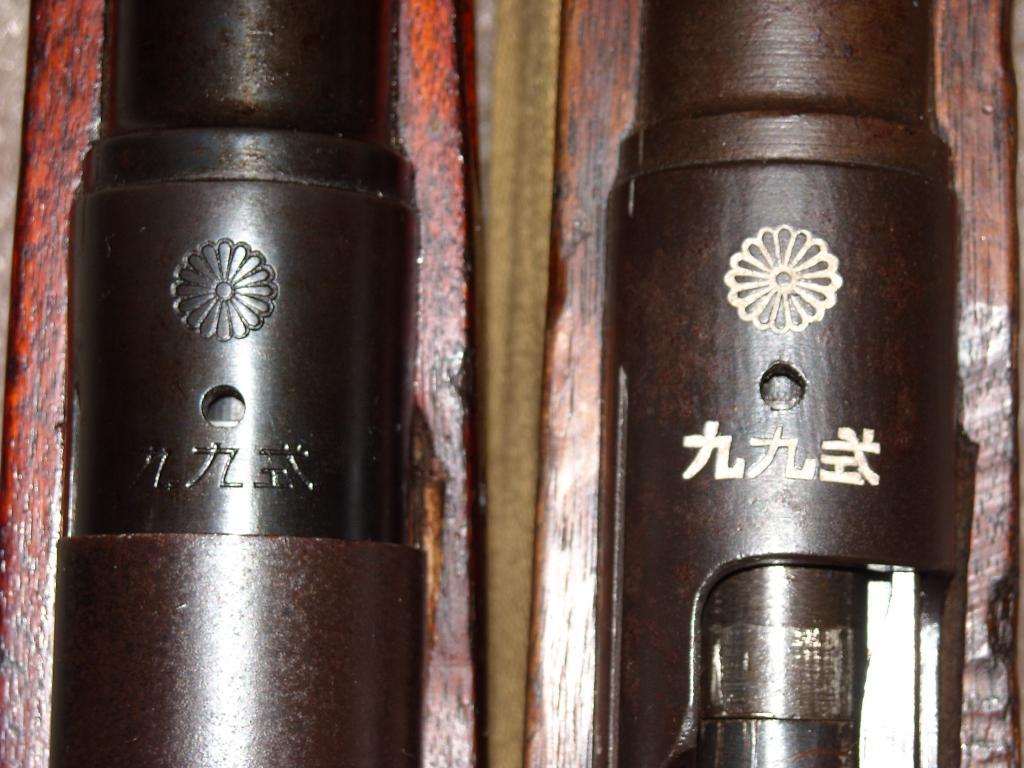

If the change lever is turned from "fire" to "safe", with the firing pin camshaft pressed in, the firing pin is locked in the "up" position, and the round will be fired automatically when it is dropped down the tube. It should be noted that the change lever cannot be turned from "safe" to "fire" when the firing pin camshaft is pressed in. It fired shells of a calibre of ninety millimetres at a distance of up to 3,800 metres and was a simplified version of the previous Type 94 mortar. The Type 99 81 mm mortar differs from the Type 97 81 mm infantry mortar in the shortness of its tube, which is only 21.75 inches as compared with 45.34 inches of the Type 97. The Type 99, commonly but somewhat erroneously called the “Arisaka”, is a rifle that was once widely known as a crude, last ditch weapon of the Japanese Empire, but which has since become well-respected among modern collectors and historians, with many … Consisting of a genuine excellent Type 89 knee mortar, 2 inert mortar rounds, Japanese good luck flag and the original trophy certificate made out to a Sgt.

The propelling charge is made up of increments, each increment consisting of a lacquered silk envelope containing a ballistite-type propellant. BAYONET & SCABBARD for the WW2 Japanese Paratroop rifles, Type 100 SMG, and Type 99/38 rifles.

The plate sank about 2 inches into the ground with the firing of seven rounds at alternate elevations of 45 to 75 degrees. The Stokes-Brandt mortar is muzzle-loaded and has a smooth bore. They terminate in thin steel plates which have single-pointed spikes on the underside. Japanese Arisaka Type 99 Safety Catch Rating Required Select Rating 1 star (worst) 2 stars 3 stars (average) 4 stars 5 stars (best) Name | Content ©The differences between the Type 99 and the US 81-mm mortar, M1 are pronounced. The cap terminates in a spherical knob, which locks into the socket of the base plate and is bored and is threaded axially to receive the firing pin and the base cap plug.


 0 kommentar(er)
0 kommentar(er)
